This year for the first time in several years I’ve seen monarch butterflies frequently. This is a powerful signal that small actions can make a big difference in nature. Monarch populations have been in a decline for many years because of environmental changes like loss of common milkweed plants to host larval monarchs.
Fortunately when the plight of the monarchs was publicized and people were educated about what they could do to help the monarchs, people and organizations responded. Parks, cities, and individuals began planting and nurturing milkweed so that the monarch butterflies have the habitat they need to lay their eggs. In my city (Plymouth, MN) the city has actually planted milkweed in median strips along with the original landscaping of trees and roses.
Minneapolis hosts an annual Monarch Festival that educates children and adults about monarchs and celebrates them in a festive art and fun filled day. This year’s festival is September 8.
As a result of learning small easy actions that can make a difference to butterflies, organizations, schools, and individuals began taking small actions to help the butterfly population grow. Monarchs appear to be making a comeback due to small actions of many people.
More Monarchs!
This year after 2-3 years of rarely seeing a monarch butterfly I’ve been seeing them in my yard, at parks, as I drive, and anywhere there is plenty of wild habitat.
Reason for hope!
Well-meaning individuals and groups are making a difference for a magical part of our natural world.
I will remember this the next time I am tempted to give up hope for making positive change in today’s world. Even if my actions are small, I can make a positive difference. So can you.
In my reading this week I discovered two websites that intrigued me and made me want to learn and do more. The first is One Earth Sangha a website that focuses on “the practices of mindfulness, compassion and wise response.”
One Earth Sangha’s mission is to bring the essential wisdom and practices from the Buddhist tradition to collective engagement on critical ecological crises. We assert that activism is more effective and sustainable when grounded in mindfulness and compassion and that social engagement is an essential part of the spiritual path. We bring these two forces, and their corresponding communities, together through teachings, community building and mindful action.
The second website is Living the Change, a multi-faith invitation to embrace sustainable lifestyles. This website offers education and support for walking gently on the earth.
We are called to take faithful choices for a flourishing world. Please join us in making a pledge to live more sustainably, and help ensure a 1.5C future. We invite you to share a personal commitment in at least one of three high-impact areas: transportation, energy use, and diet.
Migrating Monarchs Nearby
Monday, I saw a photo on a Facebook photo group of monarchs gathering for migration. The photographer reported finding groups of monarchs gathered on a tree in the Sherburne National WIldlife Refuge northwest of the Twin Cities. The next morning we drove up (about 45 minutes from where we live) to see if we could see them.
They were still there! Also present were several photographers who apparently saw the same post I did. It was a lovely way to spend my morning, chatting with friendly nature photographers and photographing monarchs in the trees. There were several groups of monarchs in several oak trees and many fluttering in the air between trees. While it didn’t look like the photos of the massive groups of butterflies over-wintering in Mexico it was the largest number of monarchs I’ve ever seen and it was magical.
When the monarchs all take to the air, my heart lifts with them, full of joy for their ephemeral beauty and grace.
Monarch Trivia
Curious to learn more about monarch migration, I searched for more information online. Here are a few things I didn’t know about monarch migration:
- Monarchs are native to North and South America, but spread throughout much of the world in the 1800’s. They were first seen in Hawaii in the 1840’s, and spread throughout the South Pacific in the 1850’s-60’s. In the early 1870’s, the first monarchs were reported in Australia and New Zealand. Monarchs also inhabit Portugal and southern Spain along the Iberian Peninsula, and the Mediterranean.
- They overwinter in sites in California, Northwestern Mexico, Arizona, the Gulf Coast, central Mexico and Florida in places that are frost free, relatively humid, allow access to drinking water and have the availability of trees on which to roost and avoid predation. California has more than 200 overwintering sites. (I didn’t know this!)
- Not all monarchs migrate. Monarchs are year-round residents in Florida and some parts of Central America.
- Two migratory fly ways exist through North America. One in the Central states leads to the Mexican overwintering areas and a smaller flyway along the eastern North American seaboard to Florida.
- Monarchs rely on several cues for the southern migration. Some of these are the angle of light coming from the sun, the aging of larval host plants, the decreasing day period and temperature drop. The migration begins at the northernmost summer range sometime in August. Migrating monarchs are thought to rely on the nectar of fall flowers that lie along the migration path.
- In most individual adult butterflies, diapause (a kind of dormancy that pauses reproduction and reduces other energy intensive activities, preparing for environmental stress) begins with the butterfly’s southern migration, but unlike other insects in the diapause state, the monarch remains active.
- When diapause is initiated the butterflies accumulate and store lipids (fats), proteins and carbohydrates. Fats and lipids reduce water to provide energy reserves and prevent desiccation.
- Migrating monarchs tend to have darker orange and larger wings than they do during the breeding phase in the summer.
- Monarchs migrating north will complete their entire life cycles in just five to seven weeks each and there are 4 generations of butterflies between the ones that begin the northward migration and those that make the migration south the next year. When fall comes a special ‘super generation’ of monarchs that can live up to eight months will make use of air currents to fly all the way back to Mexico. They ride on cold fronts and can travel up to 80 miles per day.
Pretty Amazing!
Ordinary miracles in plain sight! And stories about making a positive difference. Life IS Beautiful!
May you walk in beauty.

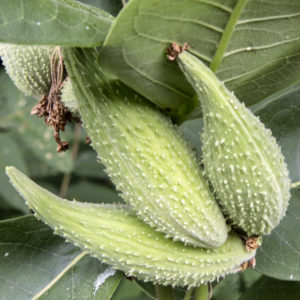
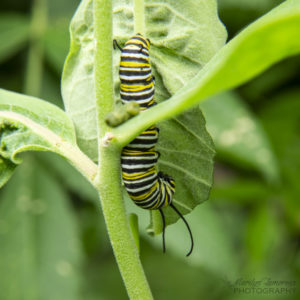

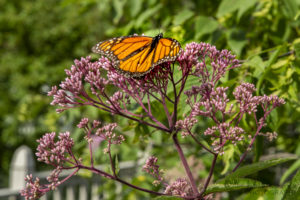

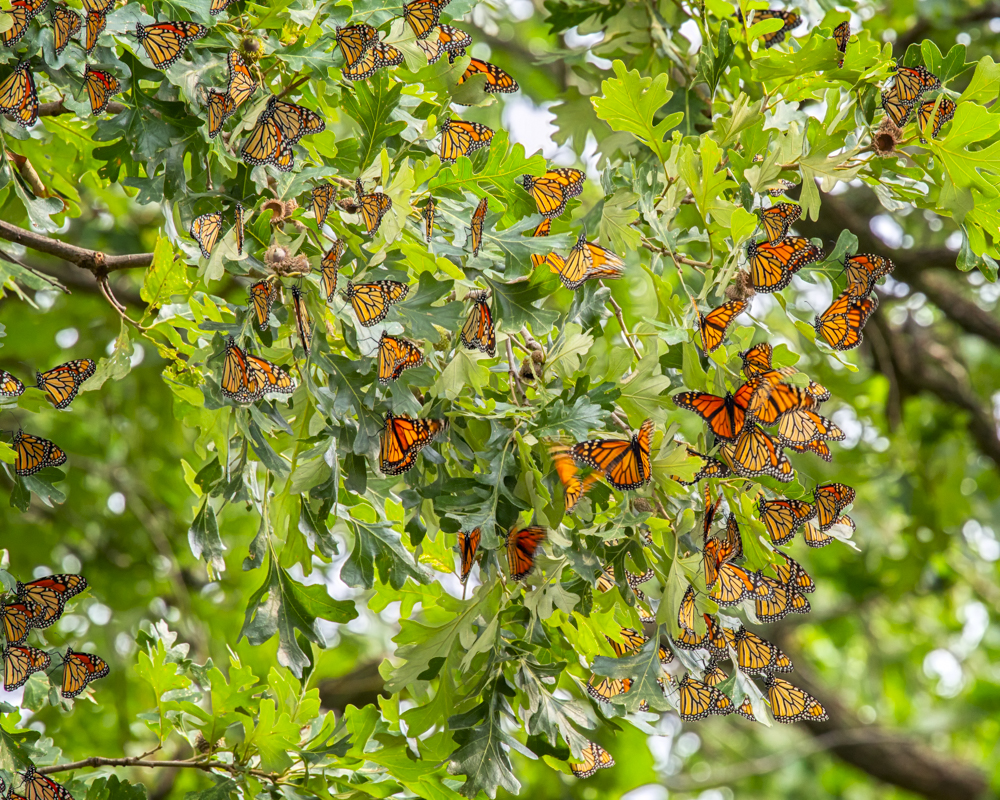
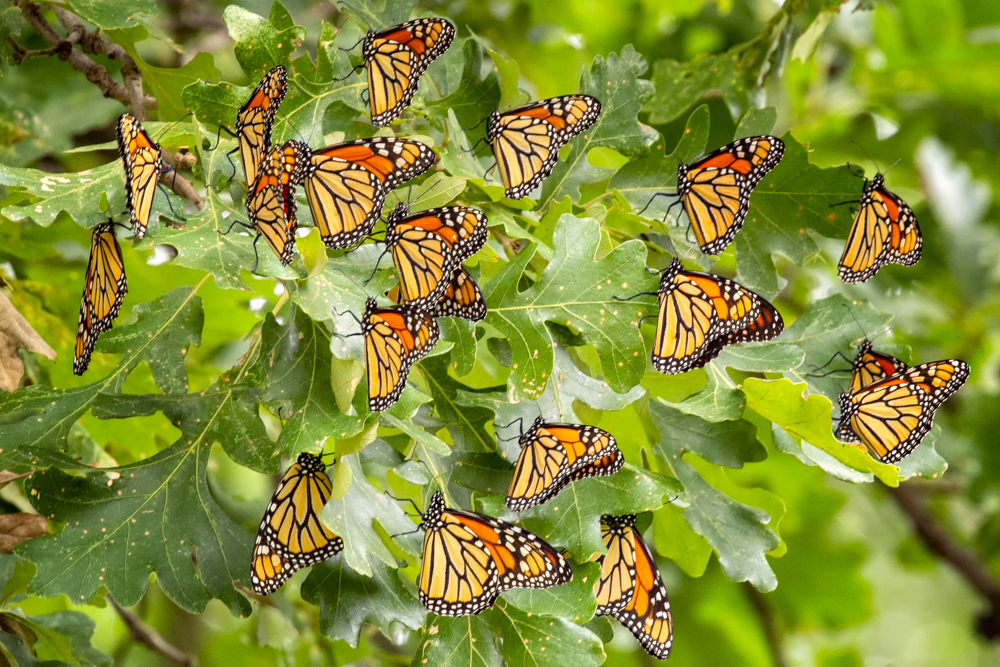
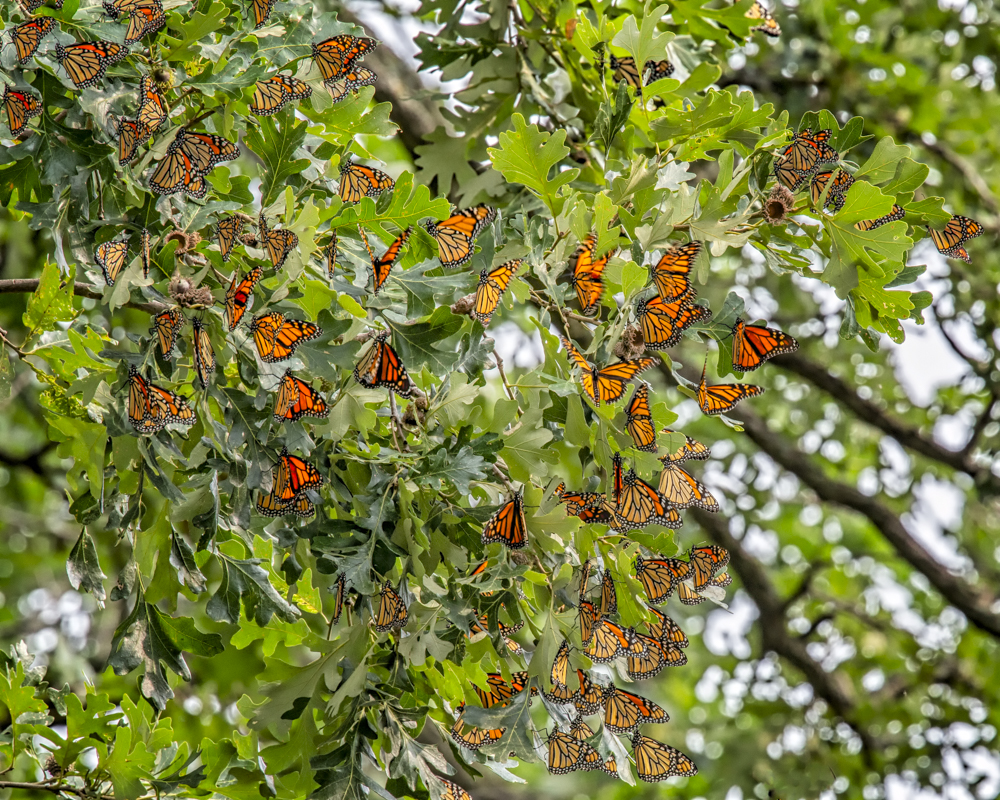
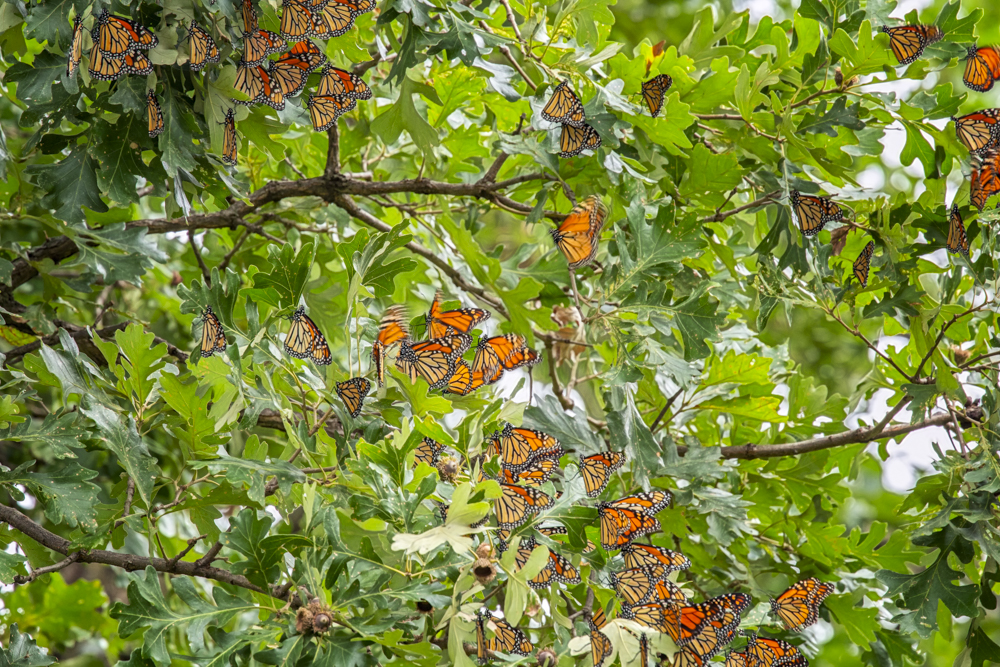
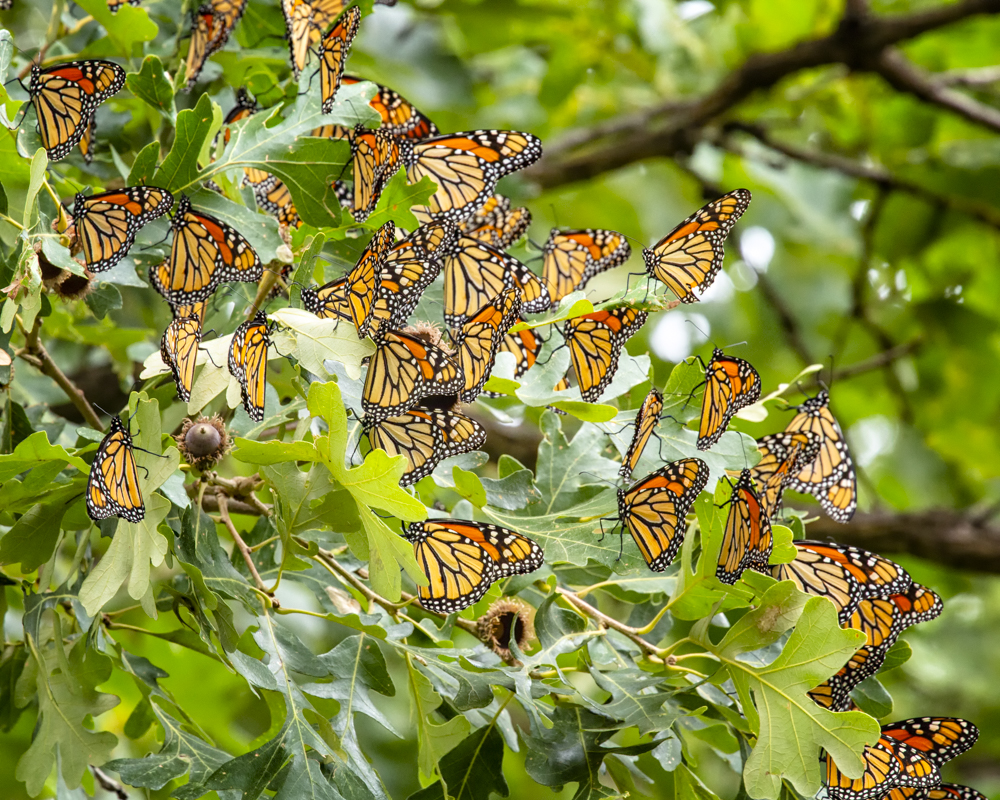
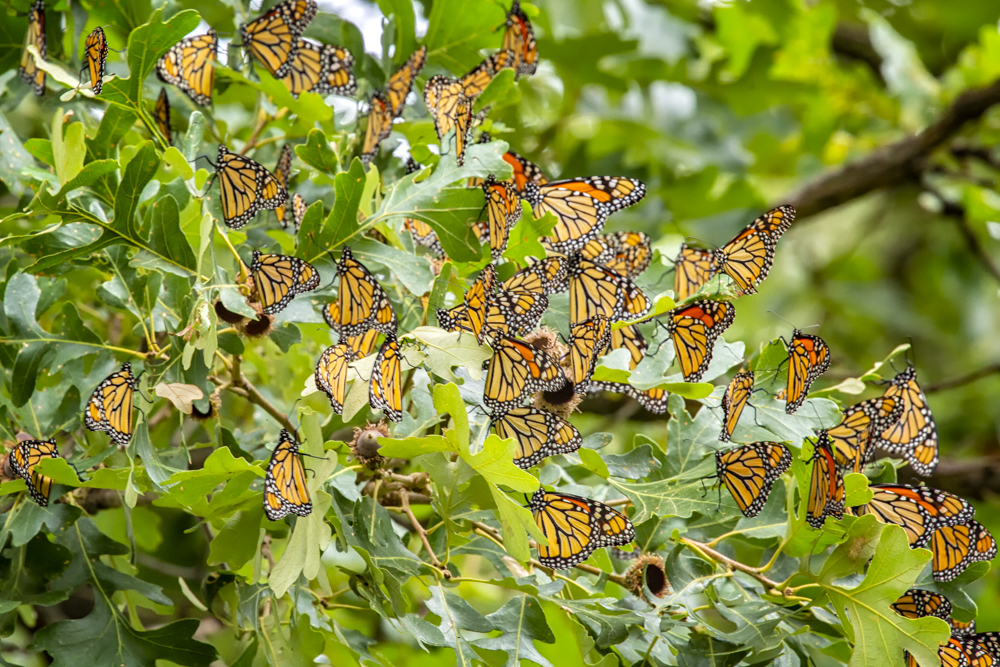
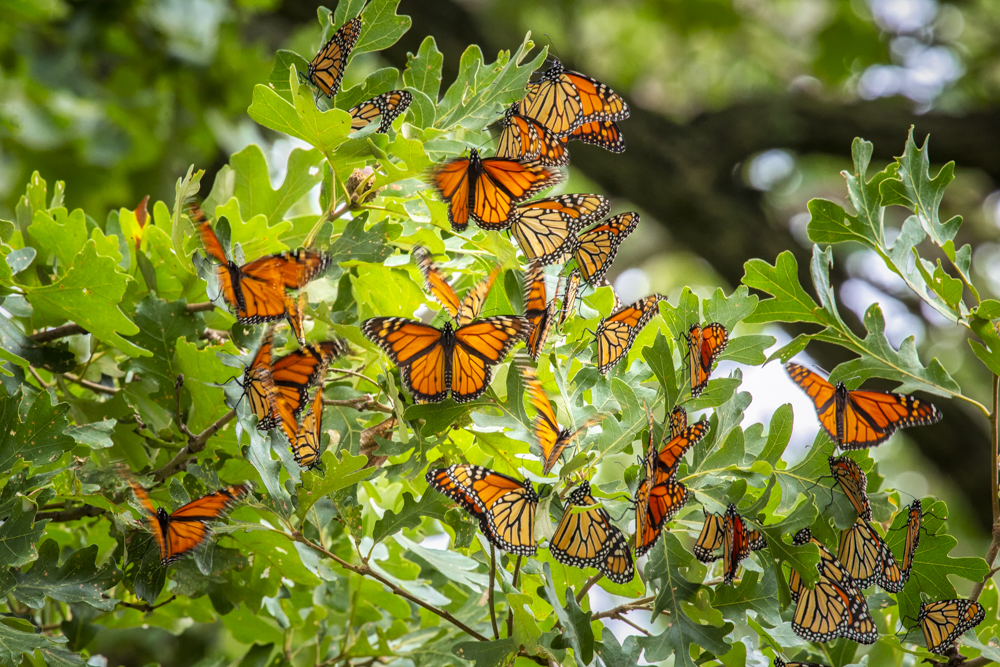
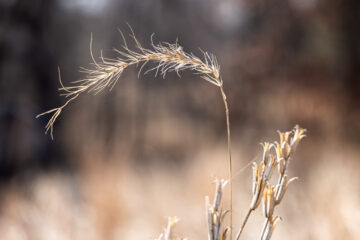
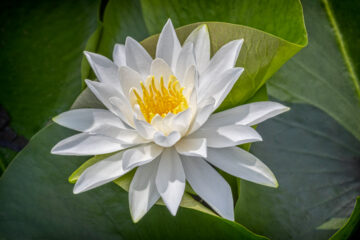

1 Comment
Jerry Sattinger · August 25, 2018 at 9:25 pm
So excited to see them liking Sedum! I have a number of Sedum plants and I know that the bees enjoy them, but now I know Monarch’s do too! 🌺